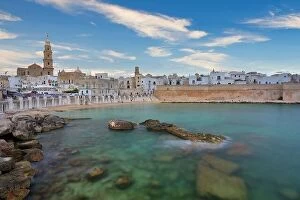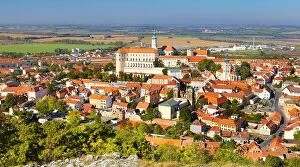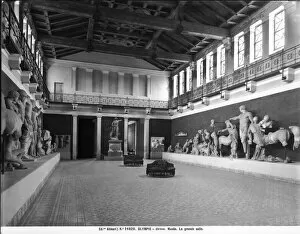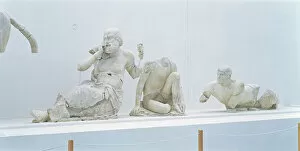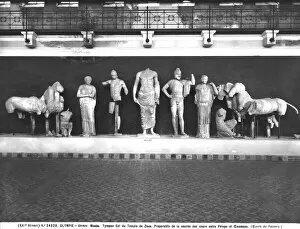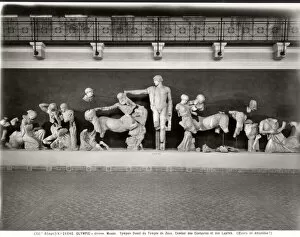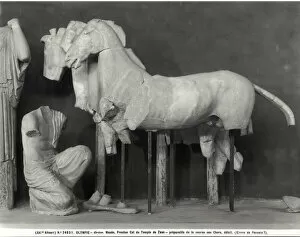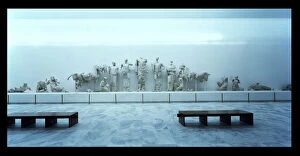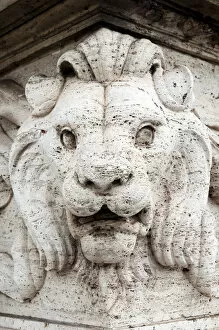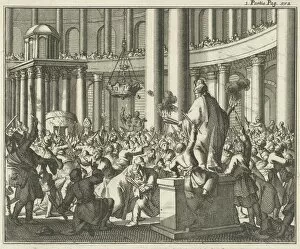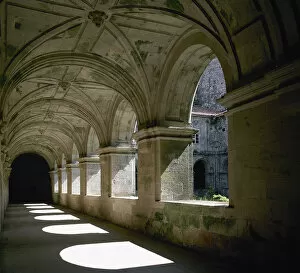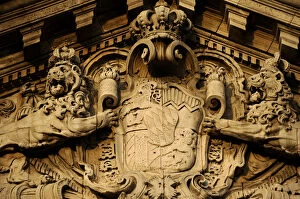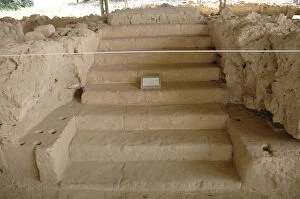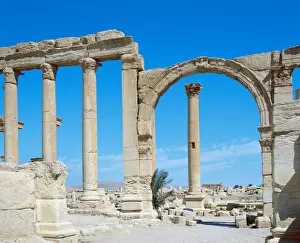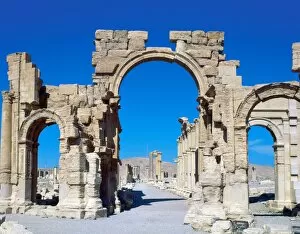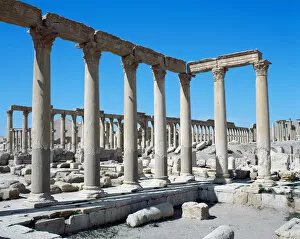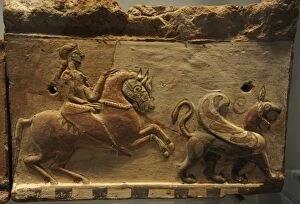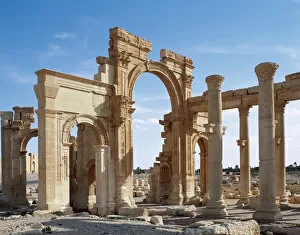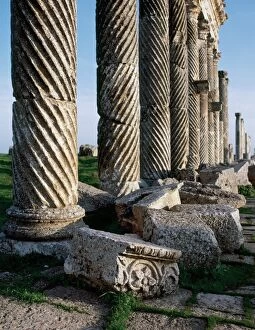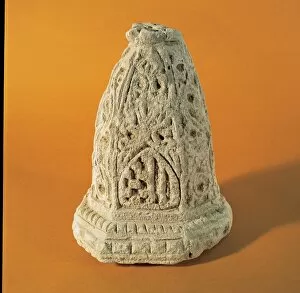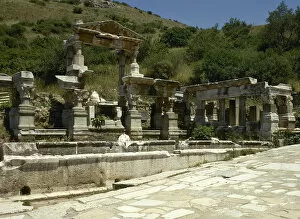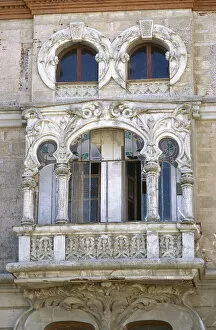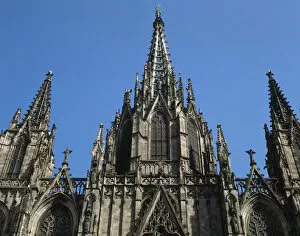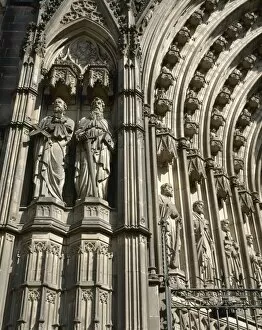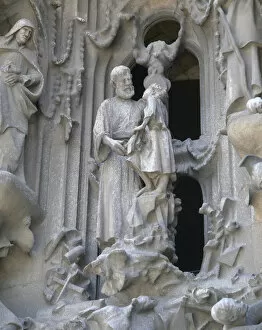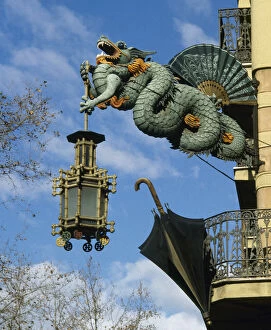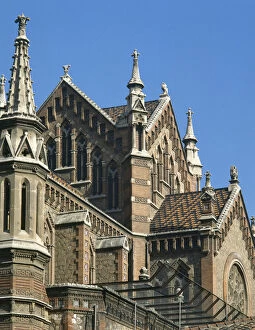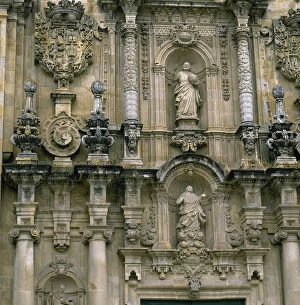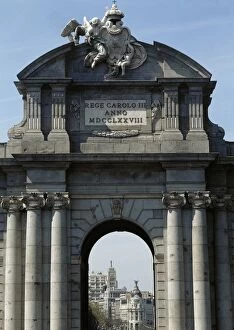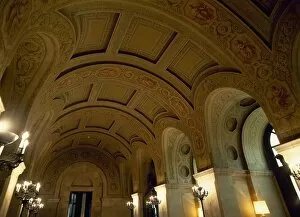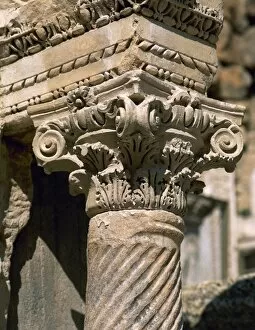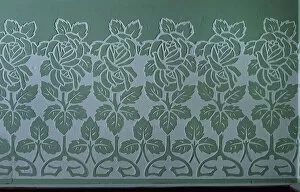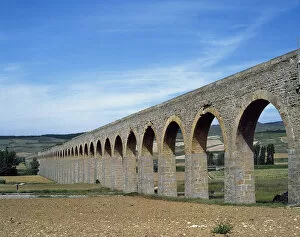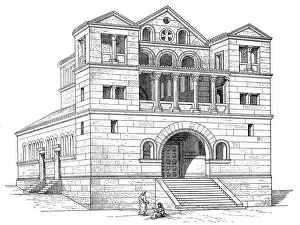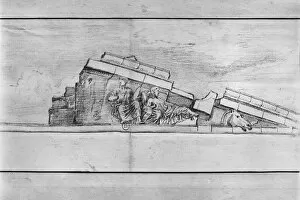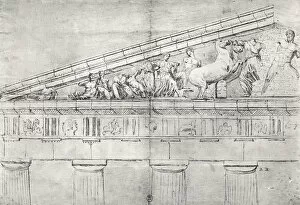Architectonic Collection
"Architectonic Marvels: Exploring the Riches of Ancient Structures" Step into the enchanting world wonders
For sale as Licensed Images
Choose your image, Select your licence and Download the media
"Architectonic Marvels: Exploring the Riches of Ancient Structures" Step into the enchanting world wonders, where history and art intertwine to create breathtaking masterpieces. From the serene Cloister of a Sobrado in Galicia, Spain to the majestic Temple of Zeus at Olympia, Greece, these architectural gems transport us back in time. Immerse yourself in the reconstructions of the two pediment friezes from the east and west fronts of the Temple of Zeus. These intricate marble sculptures depict scenes like never before seen - from preparations for thrilling chariot races between Pelops and Oinomaos to epic battles between Centaurs and Lapiths. Marvel at recreations of free-standing figures that once adorned this ancient temple's pediments. The attention to detail is astonishing as each figure comes alive with grace and power, telling stories lost in time. Venture beyond Greece's borders to Germany's Munich Justizpalast or Palace of Justice. This grand structure stands tall as a testament to architectural prowess, exuding an air of authority and importance. Travel further east to Palmyra in Syria, where Roman art flourished amidst ruins that still bear witness to its former glory. Walk along Decumanus Avenue or marvel at the Portico Colonnade; every step reveals remnants frozen in time. Lastly, admire a magnificent marble lion guarding Ponte Vittorio Emanuele 2nd Rome - a UNESCO World Heritage Site nestled in Latium. Its regal presence symbolizes strength and protection throughout centuries past. These architectonic treasures serve as gateways into civilizations long gone but not forgotten. They remind us that through architecture we can touch history itself – tangible evidence connecting our present with humanity's remarkable past.

